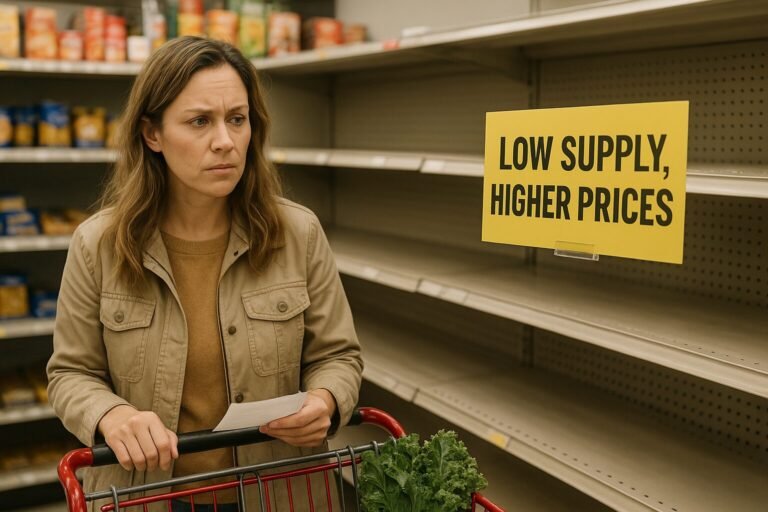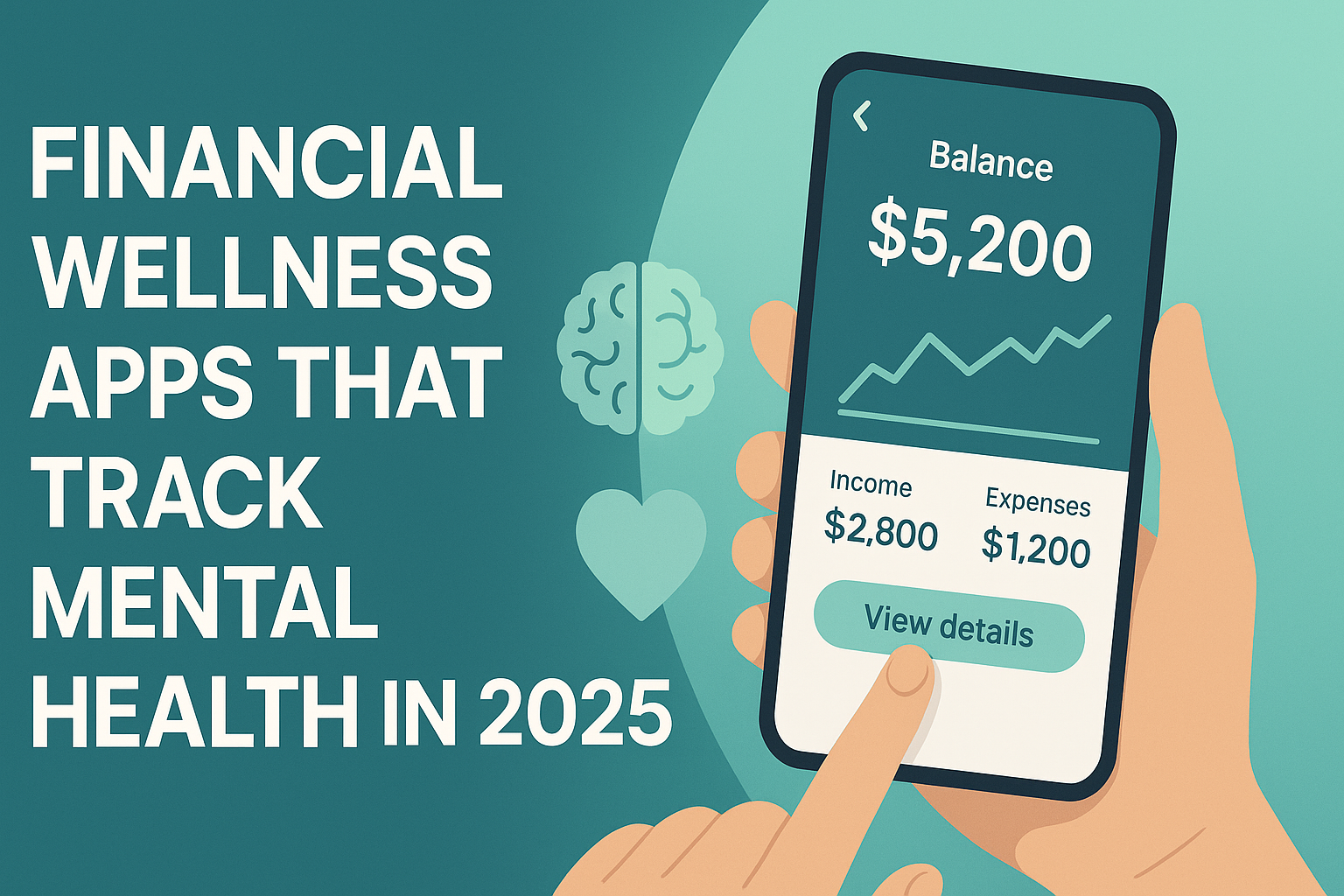Competing visions of abundance and degrowth are reshaping how we think about prosperity, climate, and your financial future.
From the kitchen table to global climate summits, the conversation around sustainable growth has never been louder. A new wave of thinkers — including Ezra Klein and Derek Thompson — is pushing the idea that technology-driven abundance could solve both economic and environmental crises.
At the same time, critics argue that real sustainability requires slowing down — not speeding up — through degrowth, ecological limits, and lifestyle shifts.
But what does this debate mean for your wallet, your investments, and your long-term planning? Let’s explore how these radical ideas might affect the way you live, work, and build wealth in the years ahead.
Background & Context
The backdrop of this debate is urgent: climate change is accelerating, inequality persists, and global economic systems are straining against natural limits.
According to research from institutions like the Stockholm Resilience Centre, six of the nine planetary boundaries have already been crossed — including CO₂ emissions, land use, and biodiversity loss. These limits challenge the traditional idea that GDP growth can continue indefinitely without ecological consequences.
In response, authors like Klein and Thompson propose a bold alternative: unleash technology, streamline regulation, and expand renewable infrastructure to build a world of sustainable abundance — where green growth replaces fossil-fueled expansion.
On the other side, degrowth advocates like Jason Hickel and Triodos Bank emphasize a different solution: reduce material consumption, prioritize well-being over profit, and rebalance economies around equity rather than endless output.
These are not just academic ideas. They could soon influence everything from your energy bill to your retirement account.
Deep-Dive Analysis
Impact on Homeowners
A future powered by green abundance could help stabilize household energy costs, particularly if renewable sources like solar, wind, and geothermal become widely accessible. Innovations in battery storage and grid tech could make homes more energy-independent, reducing vulnerability to oil price shocks or geopolitical tensions.
However, this transition requires upfront investment. Homeowners might face short-term expenses for upgrades (like EV chargers, rooftop panels, or energy-efficient HVAC systems), but those who act early may benefit from subsidies, rebates, or long-term savings.
As interest grows in clean infrastructure, home values in eco-friendly communities may also rise.
Impact on Investors & Savers
Investors have a front-row seat in this transformation. Sectors such as renewable energy, carbon capture, precision agriculture, and clean logistics are expected to benefit if the “abundance” model takes hold. ETFs focused on green innovation — like iShares Global Clean Energy (ICLN) or Invesco Solar ETF (TAN) — are already showing strong long-term interest.
But beware: regulatory resistance, resource constraints, and uneven policy implementation may inject volatility into these assets. Diversification across geographies and sustainability themes will be essential.

Impact on Jobs & Consumers
Whether we pursue abundance or degrowth, the labor market will shift.
In an abundance-driven scenario, green jobs in construction, engineering, and energy services will likely rise, but workers in fossil-fuel sectors may need reskilling. Governments may need to step in with transition support — or risk social backlash.
Degrowth strategies, meanwhile, could promote shorter workweeks, more leisure time, and reduced output — with some economists proposing a four-day week as a new norm. While this might mean slower income growth, it could improve work-life balance and mental health.
For consumers, expect temporary price bumps as green tech scales, followed by eventual declines in energy, mobility, and food costs. Behaviorally, we may also see a shift toward conscious consumption, where quality and sustainability matter more than volume.
Actionable Takeaways & Key Insights
Watch climate policy closely. Legislative shifts — like carbon pricing or infrastructure spending — will influence markets and home energy costs.
Diversify across green sectors. Don’t bet on one solution. Spread investments across renewables, water tech, and climate-resilient industries.
Consider future-proof upgrades. Home efficiency improvements and EV integration can boost long-term savings and property value.
Reskill into emerging sectors. Whether you’re a student or mid-career, skills in clean tech, circular economy, or climate finance are in rising demand.
Balance optimism with realism. Be inspired by bold ideas, but prepare for gradual transitions. Real economic change takes time.
Conclusion & Call to Action
Whether we embrace abundance through innovation or shift toward degrowth for sustainability, one thing is clear: the status quo is no longer viable.
Your financial decisions — how you invest, how you consume, how you plan — are now inseparable from environmental and economic transformation. And as these debates move from theory to policy, your readiness will determine whether you thrive in the new economy or fall behind.
Stay tuned to The Evolving Post for more smart, actionable updates that impact your money and your future — because understanding the system is the first step to changing your financial story.
While this analysis is based on thorough research, it is for informational and educational purposes only and should not be considered financial advice.








